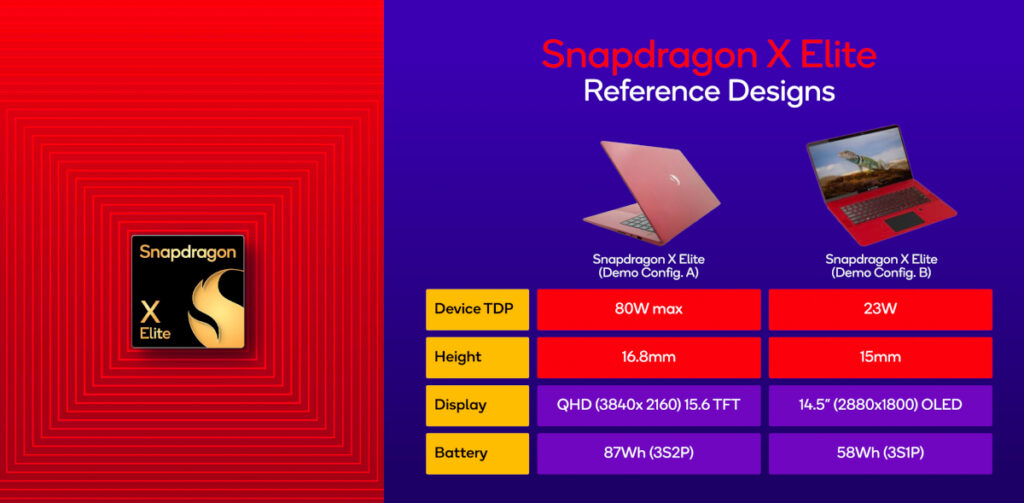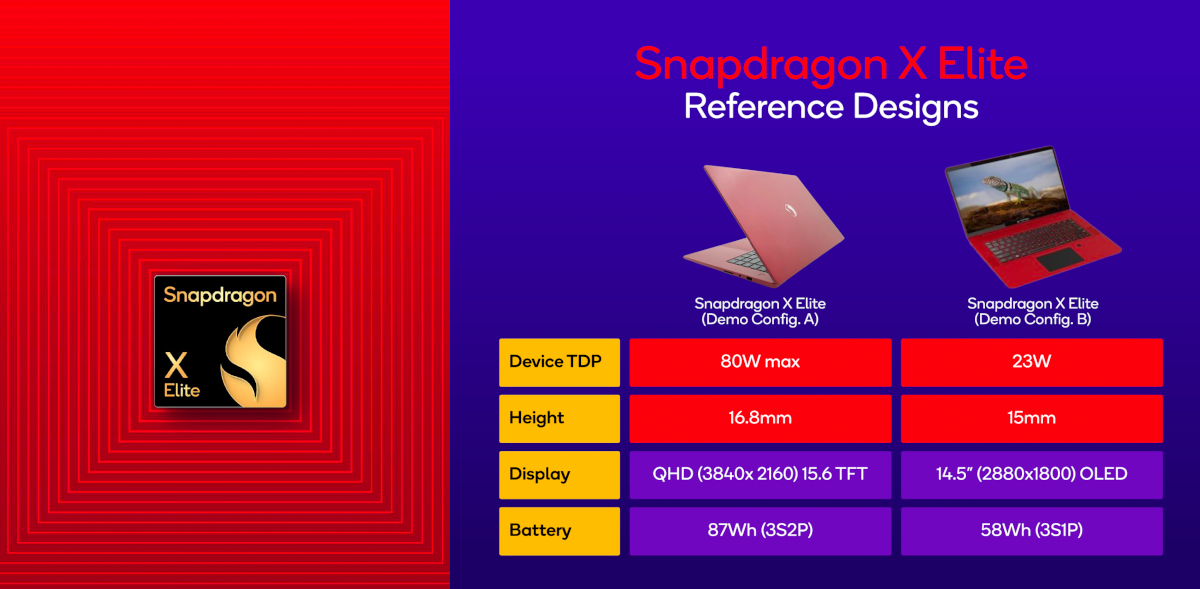Introduction:
The landscape of personal computing is undergoing a significant transformation, driven by Apple’s transition from x86 to Arm processors and Microsoft’s continued support for both architectures.
This shift in the industry, coupled with potential developments from major players like Qualcomm, AMD, and Nvidia, raises questions about the future of Arm-based PCs.
Read More: Apple Announces M3 Chips: The Biggest Upgrade to the Mac Since M1
Microsoft’s Journey with Arm Processors:
Microsoft’s foray into supporting the Arm architecture began in 2015 with the release of Windows Runtime (WinRT).
In 2015, Microsoft shifted to ARM architecture to diversify its device ecosystem, extending Windows support beyond traditional x86-based PCs. This strategic move aimed to compete with Apple’s iOS and Google’s Android, both running on ARM, in the mobile and tablet markets.
The transition allowed for the development of more energy-efficient and always-connected PCs, emphasizing improved battery life and efficiency. However, the shift faced challenges, particularly in ensuring compatibility with existing x86 software in the Windows ecosystem.
Microsoft’s move to ARM laid the groundwork for subsequent developments, including ongoing collaborations with Qualcomm for Snapdragon-based PCs.
Initially, the collaboration involved Nvidia’s Tegra K1 and Qualcomm’s Snapdragon S4.
However, after Nvidia’s exit, Microsoft continued with Qualcomm, leading to the introduction of Snapdragon-based Windows PCs in late 2016.
While these systems promised features such as always-connected capabilities, extended battery life, and cellular connectivity, they faced challenges in supporting traditional x86 Windows applications.
Read More: How RISC V is the Danger for ARM’s Supremacy
Apple’s Seamless Transition:
In 2020, Apple made a bold move by replacing Intel x86 SoCs in Mac PCs with its custom M-series mobile SoCs, featuring Arm-compatible CPU cores.
Apple moved to ARM architecture in 2020 to gain greater control over its hardware and software integration, aligning with its strategy of vertical integration. The transition allowed Apple to design custom M-series chips, optimizing performance and energy efficiency for its Mac lineup.
This move also marked a departure from reliance on Intel’s x86 processors, giving Apple the flexibility to tailor its processors to the specific needs of Mac devices.
Apple’s full-stack control, from CPU design to the MacOS operating system, enabled a smooth transition that surpassed the performance and efficiency of traditional x86 platforms.
Qualcomm’s Ongoing Partnership and Future Plans:
Microsoft’s ongoing partnership with Qualcomm, set to expire in 2025, has been marked by the evolution of Snapdragon-based PCs.
In 2024, Qualcomm plans to introduce the Snapdragon X Elite SoC, designed specifically for mobile PCs with high-performance custom Arm-compatible CPU cores and a dedicated neural processing unit (NPU) for AI processing.

Qualcomm claims that this SoC will outperform both x86 competitors and Apple in terms of AI and overall compute performance.
The Importance of AI in Future PCs:
With the integration of NPUs into PC SoCs by major players such as AMD, Apple, Intel, MediaTek, and Qualcomm, AI performance is becoming a key metric for future PCs.
Microsoft’s focus on integrating AI capabilities into its applications, along with the introduction of its Copilot AI companion, suggests that AI processing could be a significant differentiator in the competitive PC market.
Read More: 5 Key takeaways from Intel AI Everywhere Event
Challenges and Lessons Learned:
The article highlights some characteristics of early Arm-based solutions, such as better power efficiency compared to contemporary x86 processors. Cellular connectivity and AI processing capabilities brought a unique user experience to mobile PCs.
However, challenges such as limited software compatibility, lack of visibility in retail channels, and the absence of a distinctive user experience have hindered the widespread adoption of Arm-based PCs.
Rumors of AMD and Nvidia’s Entry into Arm PCs:
The article speculates on the potential entry of AMD and Nvidia into the Arm PC segment, as reported by Reuters. Both companies have previously developed custom Arm-compatible cores, and their expertise in PC graphics could address the graphics limitations of current Arm platforms.
However the rationale behind such a move, considering the success of both companies in the x86 legacy market.
Exploring Alternatives: RISC-V:
Companies investing in custom CPU architectures might consider alternatives like RISC-V, which offers more instruction set flexibility without royalty or licensing fees.
While the RISC-V ecosystem is not as mature, its growing popularity, especially in China, could be a viable option for companies looking to diversify.
Join TechoVedas Community here
Conclusion: Arm PCs at a Crossroads:
In conclusion, the article underscores the renewed interest in Arm-based PCs but raises questions about their future success in the Windows ecosystem. Despite efforts from Microsoft and Qualcomm, the lack of differentiation, software compatibility issues, and the dominance of x86 platforms pose challenges.
The coming years will reveal whether the second wave of interest in Arm-based PCs will lead to a significant shift in the PC market or if x86 platforms will continue to dominate.



